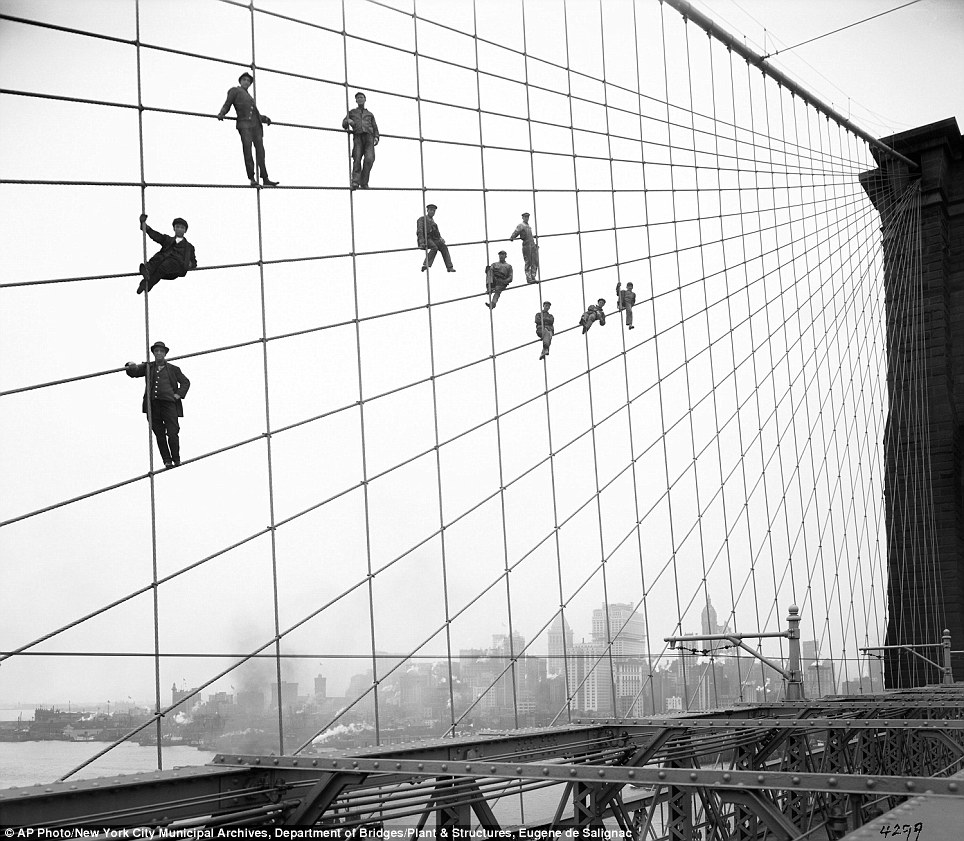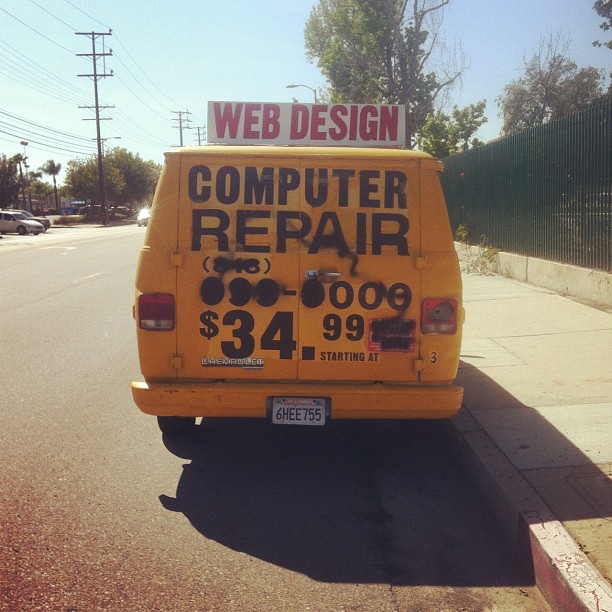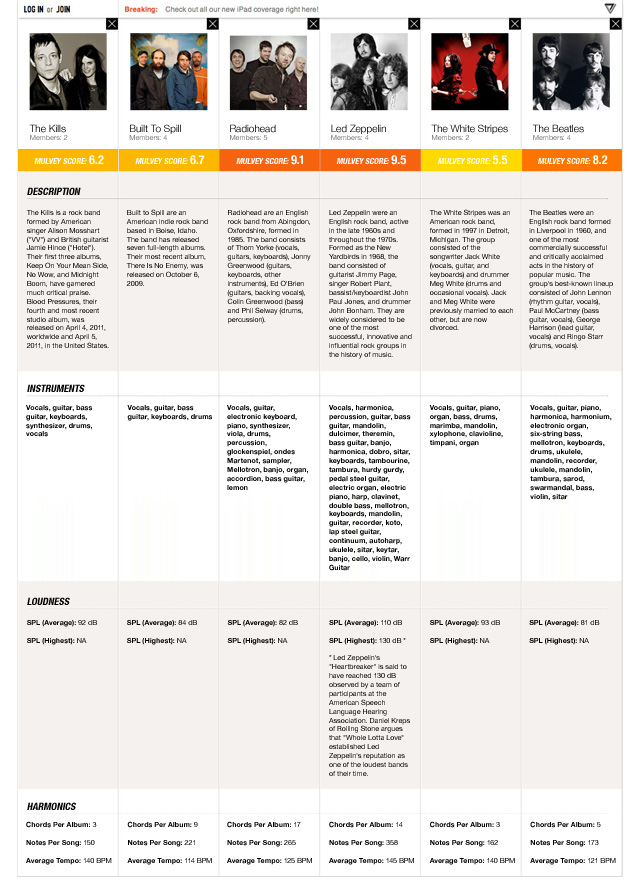Back on the twelfth of this month, I published a post commenting on a list of the top ten dying industries in the United States. #2 on the list was newspaper publishing. I lamented the idea of newspapers struggling to survive and called it a tragedy. That post was linked up by Jim Dalrymple over at The Loop, and it’s generated a couple responses. Christopher Gizzi at So It’s Come To This wrote:
The world doesn’t go dark because dead trees no longer deliver the news. Governments and businesses won’t get away with corruption because news isn’t printed…It’s almost as if Bryan confuses the newspaper industry with the news industry. News will never go away and there will always be someone writing about some event – big or small…Facts and events still happen.
Marcelo Somers at Behind Companies wrote:
I don’t think that the industry itself of “The News” will die… newspapers are merely a form of The News… What we will see over the coming years is a consolidation of newspapers, which is fine. A single organization like the Associated Press is able to objectively report what happened in a much more scalable, re-usable manner.
The two of them bring up a valid point. The news would not disappear if every newspaper on the planet stopped publishing. But that was not the point I was making. I was lamenting the deep trouble that newspapers are in not because they publish actual, physical editions, but because they are content generators. As I wrote in the original piece:
Newspapers are content generators, that put a lot of time and resources into getting the stories they publish right…But with the coming of the internet, their profit model has been severely damaged, reducing the amount of resources they can commit to reporting.
Over the last twenty years, newspapers have been shedding staff and closing bureaus. The news is still there, but there are less people reporting on it. The less people report on it, the less information those of us who consume the news get. More and more papers are relying on the Associated Press or Bloomberg to do their reporting for them, making the news more homogeneous. Editors at papers that rely on wire services have no input with the reporters filing the stories. If an editor has a question they want answered or an angle they want pursued, they can do nothing about it. If, however, they still had their own staff chasing down a story, new discoveries could be made, and more depth added to what’s being reported.
Many news stories are very complicated, and cannot be serviced effectively by a single organization that is spread thin. Unlike other industries where consumers benefit from consolidation, the news is something where consolidation negatively impacts readership. Newspapers are the driving force behind the generation of news because they have a tradition of spending big bucks to go and gather news, and report it in-depth. Network television news consists of little more than snapshots of world and national events. Cable news fills its schedule with the political echo chamber. And many websites are largely news aggregators. (My jab at The Huffington Post as pseudo-journalistic was unfair. They have more original content than many formerly great newspapers that fill their front pages with wire service reports. But they have a long way to go before they can be considered the equal to, or successor to, the very best newspapers. A huge step was David Wood snagging a Pulitzer for his reporting. Another would be a clear line of demarcation between its reportorial and editorial staffs.)
Websites, even the best of them, do not and never have had the resources to get in-depth with their reportage. They cannot take the hit of spending a quarter of a million dollars a year to keep a single reporter overseas who may only file a story a week or less. It is expensive to report on complicated issues. Newspapers began that tradition of serious long-term reporting and as they pull back from that effort, no one is replacing it. That is what I believe is the tragedy of the downfall of newspaper publishing. I have no misguided affinity for the physical format of delivery. I lament the loss of the content itself.
For further reading about the newspaper industry giving up on generating content, here is an excellent article by Jodi Enda from the American Journalism Review.




